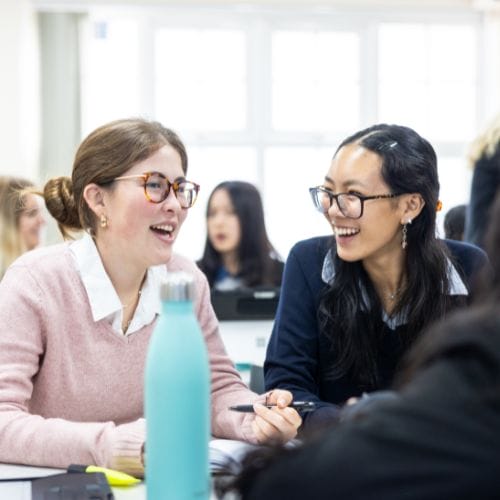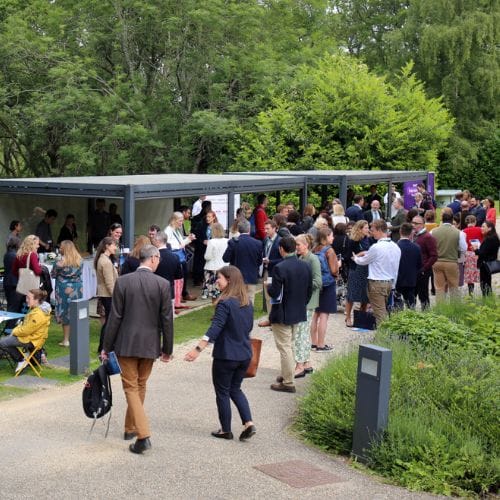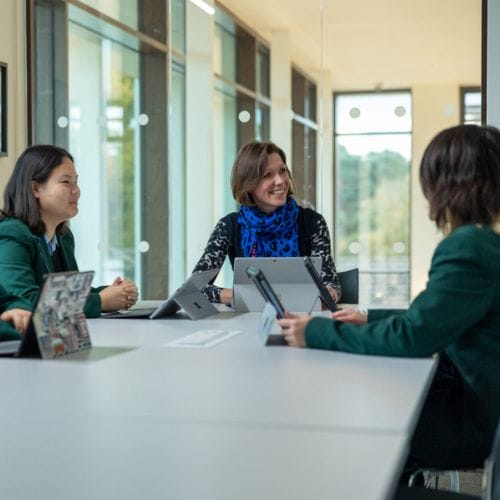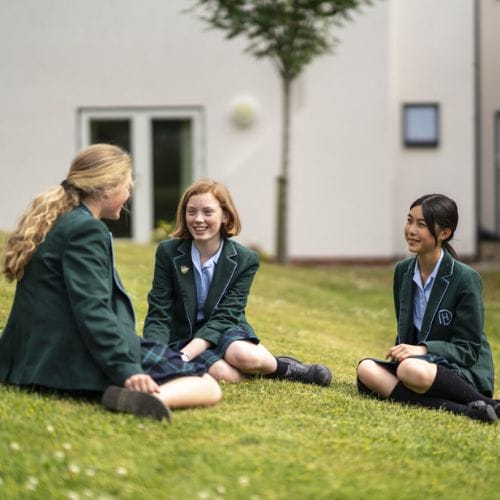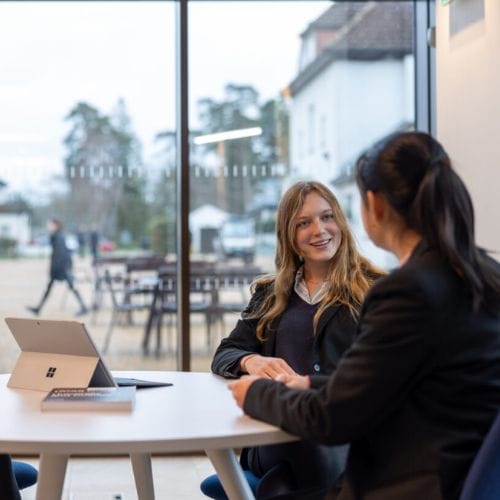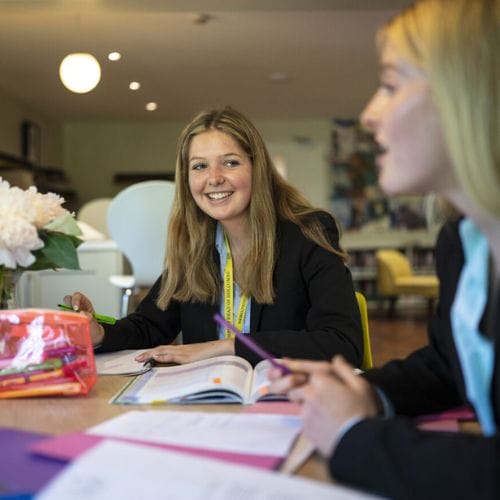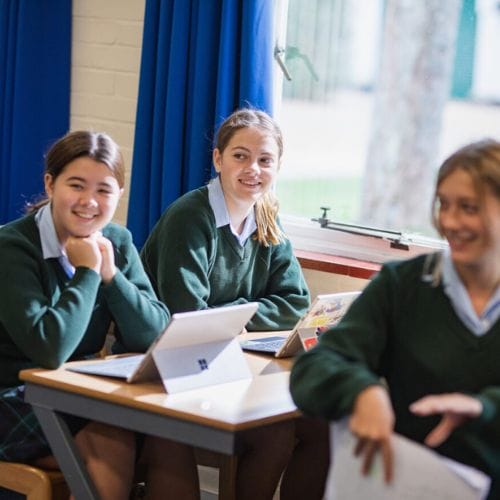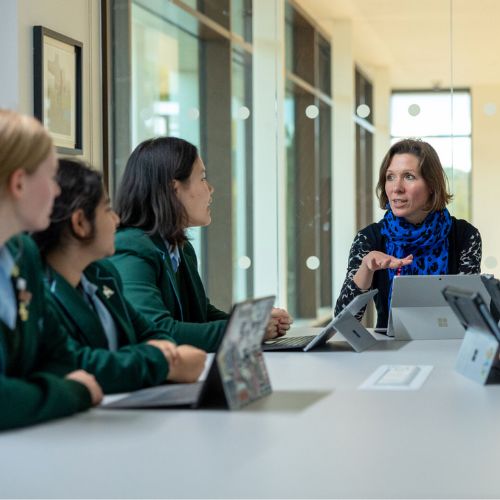
Last term, we welcomed the company Noble & Eaton to Downe House to encourage our staff to think about the design of the spaces where we teach and learn.
Our vision is to support schools to create world class learning environments using evidence informed, humancentric design process to give students the best opportunities through the strategic alignment of school culture with people, pedagogy and place.
– Noble & Eaton
Dr Andy Atherton (Director of Learning and Research) writes on the experience.
Imagine for a moment a classroom. Perhaps allow your mind to wander back to your own school days or maybe the kind of classrooms that populate films. What does this classroom look like? I can, I think, have a guess. There is probably a big desk at the front of the room where the teacher sits and speaks. Behind them, there’ll be a whiteboard. Moving outwards from this, you might be imagining rows of students desks, perhaps one or two chairs to each one. In a neat line, these face the teacher. This is what most classrooms look like in the twenty-first century, but they’re also what most classrooms looked like in the Victorian Period.

At Downe House, we think it is important to innovate and to think about education with creativity and imagination. This is why we recently launched our Centre for Learning and Research, a flagship initiative designed to bridge the gap between cutting-edge educational research and what happens in the classroom. As part of our Learning and Research agenda, colleagues from across the school have recently been thinking about a body of research loosely called Design Thinking.
Design Thinking refers to the intersections and interactions that take place between learning, pedagogy and physical space. It’s exactly an emphasis on Design Thinking that might cause us to wonder whether the classroom you imagined is still fit for purpose in the twentieth-century and tomorrow’s education. This question does not have an obvious answer, but it is absolutely worth asking.
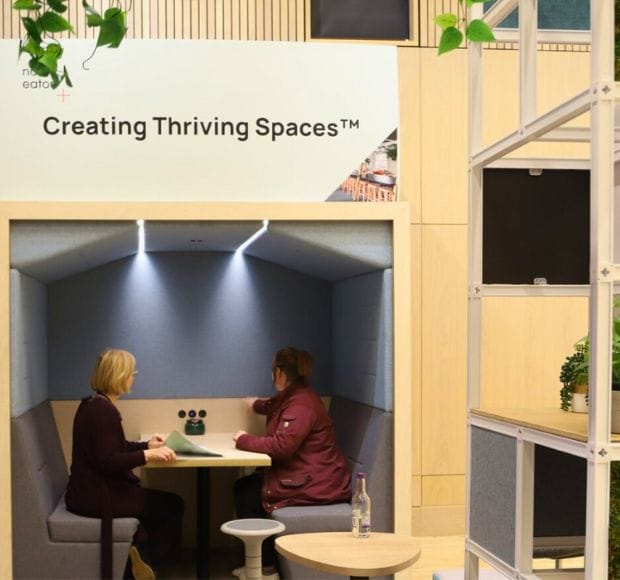
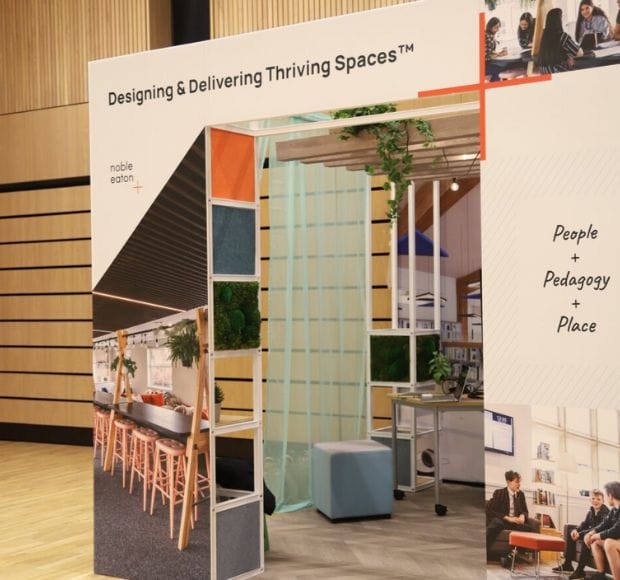
In order for colleagues to begin to think about physical learning spaces and the impact they can have on pupil outcome, we invited Dr Adam England from Noble + Eaton to run a workshop with us here at Downe. Dr England brings with him a wealth of experience and expertise in Design Thinking and his session encouraged colleagues to reimagine and rethink what an effective classroom could and should look like.
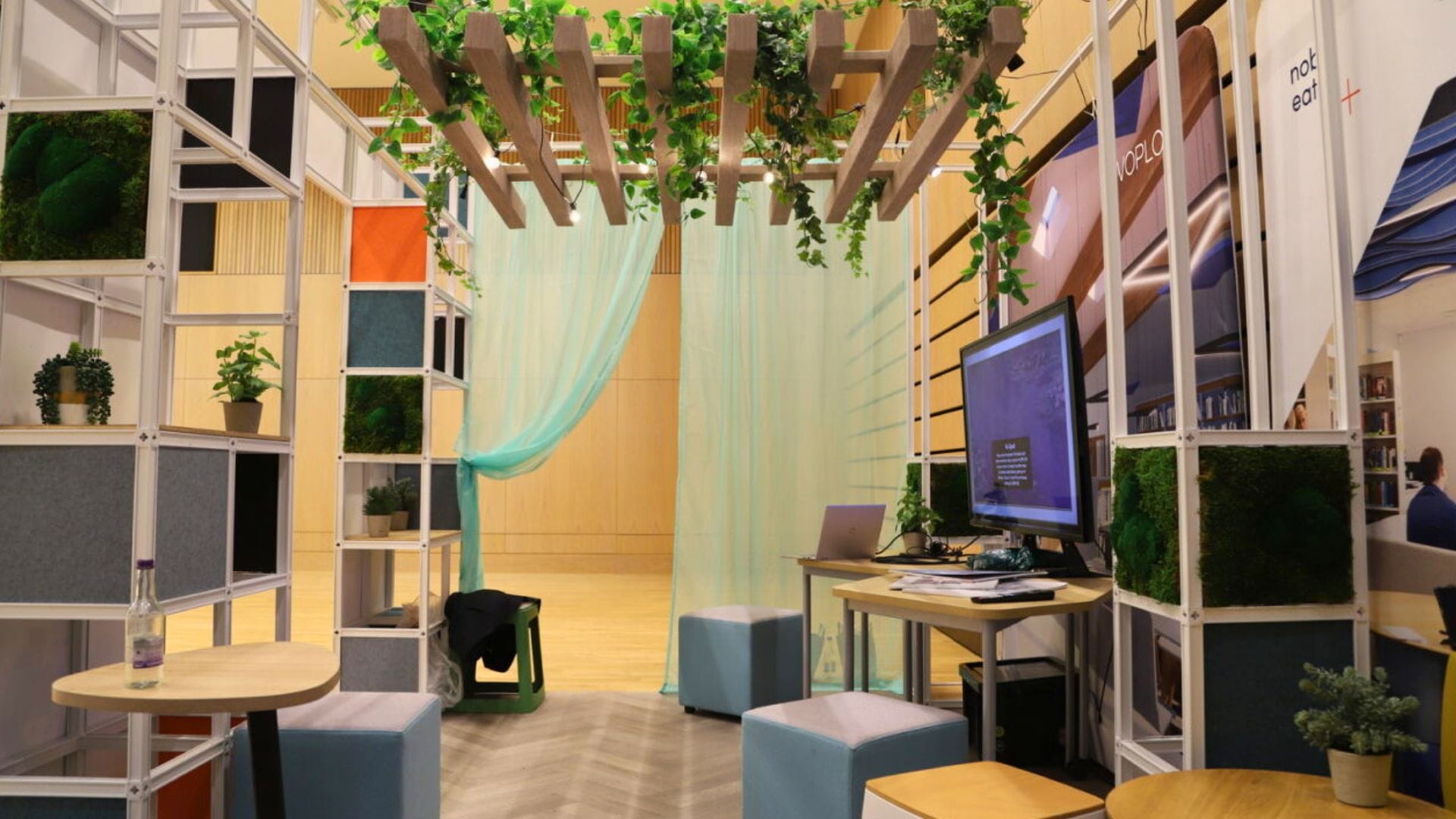
To help with this, Dr England and his team brought along a showroom for colleagues to explore. This gave us an excellent opportunity to interact with some of the many innovations that a focus on Design Thinking can facilitate. We saw, for instance, the impact flexible and polymorphic furniture can have on allowing different kinds of student activity and interaction; the use of zoning within classroom spaces to allow different activities to run simultaneously; as well as everything from booths and baffles to control sound and the strategic use of plants to reduce anxiety.
Building on these conversations – and the many others that have taken place over the last year – Dr Atherton (Director of Learning and Research) will chair a Design Thinking Working Group at Downe House. The aim of this group will be to explore the pedagogic and learning implications of Design Thinking for what we do at Downe House.
As the saying goes, watch this space! It might just end up being very different to what you imagine.
Click here to learn more about our Centre for Learning and Research.